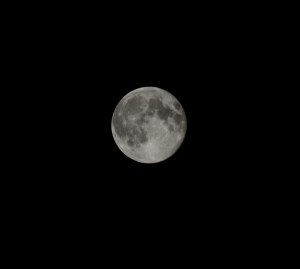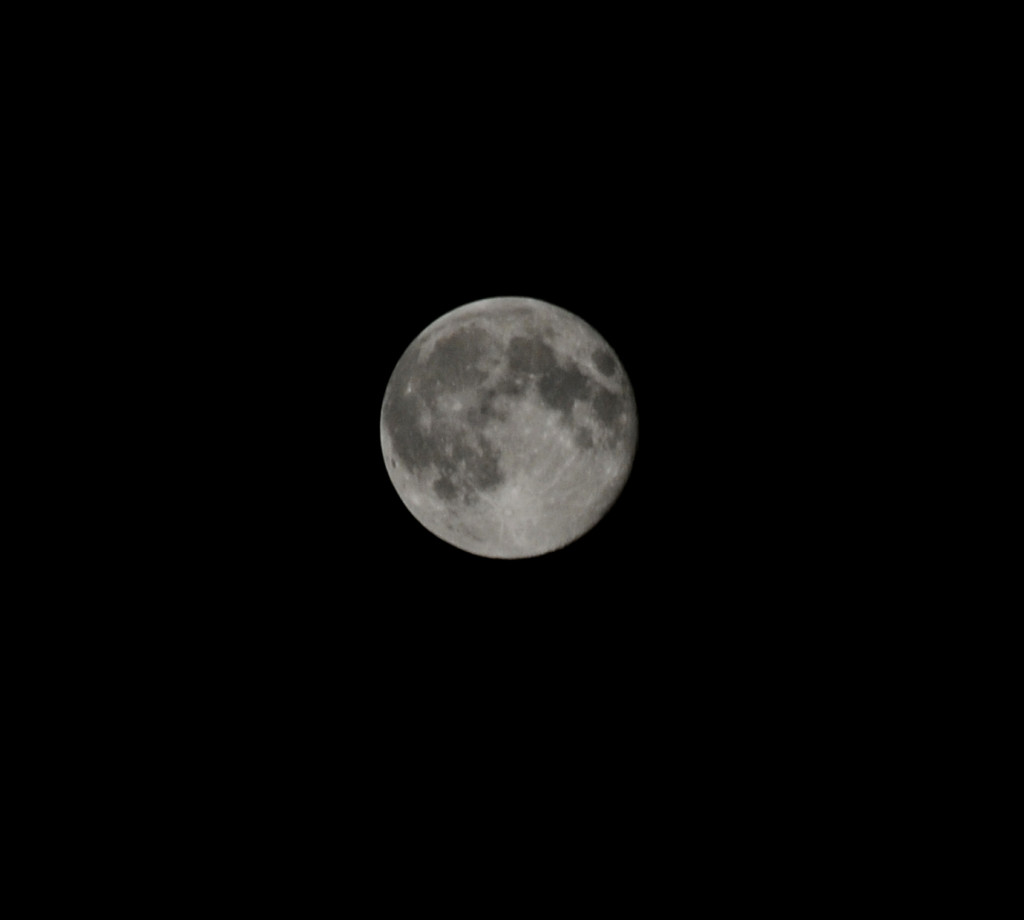 Sounds pretty fancy, right? It simply means three solar system bodies coming together, not in distance, but in perspective. For star watchers it means some pretty sweet night sights! It’s particularly exciting when the moon and planets are involved.
Sounds pretty fancy, right? It simply means three solar system bodies coming together, not in distance, but in perspective. For star watchers it means some pretty sweet night sights! It’s particularly exciting when the moon and planets are involved.
This time a crescent moon, Mars and Saturn will cluster together in a bright and beautiful display around dusk.

Also called the Moon Cake Festival, China’s harvest festival is an occasion to scoff these sweet treats. The cakes, made of a thin dough shell containing fillings such as jelly, dates and nuts or red bean paste, start appearing everywhere a month before the celebration. If they’re not sick of the snacks by the time of the event, celebrants eat them within view of the real star of the festival: the moon. Held on the September full moon, during the autumn equinox, the tradition is about observing the transition of the seasons. In Japan, one of the other Asian countries where faces turn to the night sky, people even climb onto rooftops to get closer to the moon.
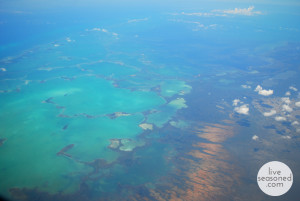
Like the Cure Salée, the festival held in the High Atlas town of Imilchil is all about livestock and finding a partner. The most famous example of 600-plus moussems, the event is a homecoming celebration for herders who have spent the summer taking advantage of grazing grounds. The cattle fair adds to the chaos created by souqs (markets) and nomadic campgrounds, which look as striking as the surrounding mountains.
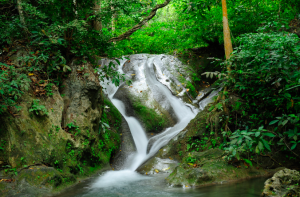
Kitsch, possibly of the unintentional kind, comes out to play at the Cows’ Ball. More than 50 years old, the festival marks a winter homecoming; not of men, but of cattle, which return to the alpine Bohinj valley after a summer spent in green pastures. Daisy and friends are truly the belles of the rural ball, as they are decorated with wreaths and shown off on a parade. Accompanied by herders, cheesemakers, milkmaids and other dairy-farming types, they pass Lake Bohinj and, rising 130m above it, Govin Waterfall. The falls are only active after heavy rain, so hopefully there won’t be any spray to spoil the animals’ get-up.
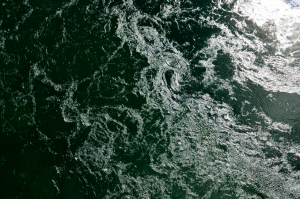
Situated near Africa’s southernmost tip, Hermanus has a front-row view of the Cape Whale Route. During migrating season, people flock to the clifftops to glimpse the endangered southern right whale. Given that it overlooks Walker Bay, into which 70 whales have squeezed, the town once took its blubber-related fortune for granted. In an attempt to formalise the clifftop viewing, it started its festival and introduced the Whale Crier. The world’s only such crier, his blasts on the kelp horn are coded to direct eager cetacean-spotters.

